– An Experience In Photographs
I’ve found that the images photographers create are more a reflection of their character and mood. Once we hone our skills, what we create is more about who we are and what we feel at that moment than the technology in our hands. Our art becomes a projection of ourselves.
After a six-day trip to Kaieteur National Park, which included a gruelling and extremely dangerous trek deep into the Kaieteur Gorge itself, I discovered that all my beliefs, emotions, physical pain, passion, and knowledge had culminated in a series of images that exceeded my own expectations. Of all the subjects I’ve photographed, I enjoy capturing nature and landscapes the most, and Kaieteur was as ideal a place as any on the planet to satisfy that urge. As the days went by, I became more and more absorbed in the landscape, which I believe was an integral part of helping me to capture some of the scenes which were beyond what I could ever imagine.
There was no particular objective in mind in terms of photographing Kaieteur. Initially, I had hoped that I got some shots that would show a unique perspective that others could appreciate. Maybe it would incite more curiosity, understanding, awe, love and care. Maybe I could manage to create ‘meaning’. However, the trip wasn’t just about photography – it was a personal, physical and emotional challenge. It was a way of exiting my comfort zone to see how far I could push myself in nature. How would I deal with such a grueling trek, and still manage to capture good images? There were times when taking photos were impossible due to the terrain, or weather. There were times when the camera would malfunction, fog up, or become clogged with sand and dirt, and this is where I have to say that your gear should suit the type of photography you’re into. There were so many challenges to overcome to get good vantage points, especially inside the Kaieteur Gorge itself; at one point I was wondering if the camera would even survive the trek. These were challenges that had to be dealt with in the moment, in very limited time, which made them even more difficult.
As we made our way from Mahdia, to Tukeit Landing, into the Kaieteur Gorge and face to face with Kaieteur Falls itself, I became more and more absorbed in the nature and soul of Kaieteur. Every time I took a photo, my emotions soared. I knew many of the sights I’d witnessed there I may never be able to again, and tried to make them the best possible memory in the form of a photograph. I wanted to capture more than digital images – I wanted to capture the experience. The scenes were there – the challenge was to find a way to capture exactly what I was feeling, and for this reason I chose to shoot most of the time in black & white.
Spending time at Kaieteur National Park, I gained a fondness for the early morning scenes: the rainforest’s fog engulfs the landscape, and thousands of white-chinned swifts stream out of the cave just behind the water curtains of Kaieteur’s giant waterfall. It’s quite difficult to photograph when there’s nothing to see except mist, but that’s where patience and visualisation are key. There are moments where the mist clears and can be used to create a sense of isolation that can add to the impact of your subject.
In order to better understand how these images came to be, it would be remiss if I didn’t also mention some of the talented and legendary photographers whose work I studied up to that point who have helped immensely in the improvement of my visualisation and composition of photographs. It should be no big surprise that Ansel Adams’ work is on the top of that list – his photographs of nature and landscapes, and even his portraiture are absolutely immaculate; Sebasiao Salgado, whose work ethic and photographs were nothing short of inspiring; Fan Ho, ahead of his time – his attention to detail, patience, minimalistic compositions; W. Eugene Smith – photos that have stood the test of time,
although captured in the most demanding of circumstances – both physically and emotionally. There are also young photographers living and practicing today who were instrumental in helping me develop a better way of seeing the world: Michel d’Oultermont (young and extremely talented), Benjamin Hardman, and Vincent Munier, to mention a few.
For me, this series of images remind me of a journey of enlightenment, determination, patience, and appreciation. Kaieteur National Park is truly a marvelous place to experience, and I hope my perspective helps others appreciate it even more.
Darrell Carpenay is an amateur photographer living in Georgetown, Guyana. Landscapes and life in Guyana are the main emphasis of his work.
All images copyright to Darrell Carpenay and may not be used without permission.
For more photos by Darrell Carpenay:
Website: www.darrellcarpenay.work
Instagram: @darrellcarpenay
If you have suggestions for future articles in this series please email the suggestions (including the link to the photo on the Guyana Photographer’s Facebook Group) to Story@GuyanaPhotographers.com

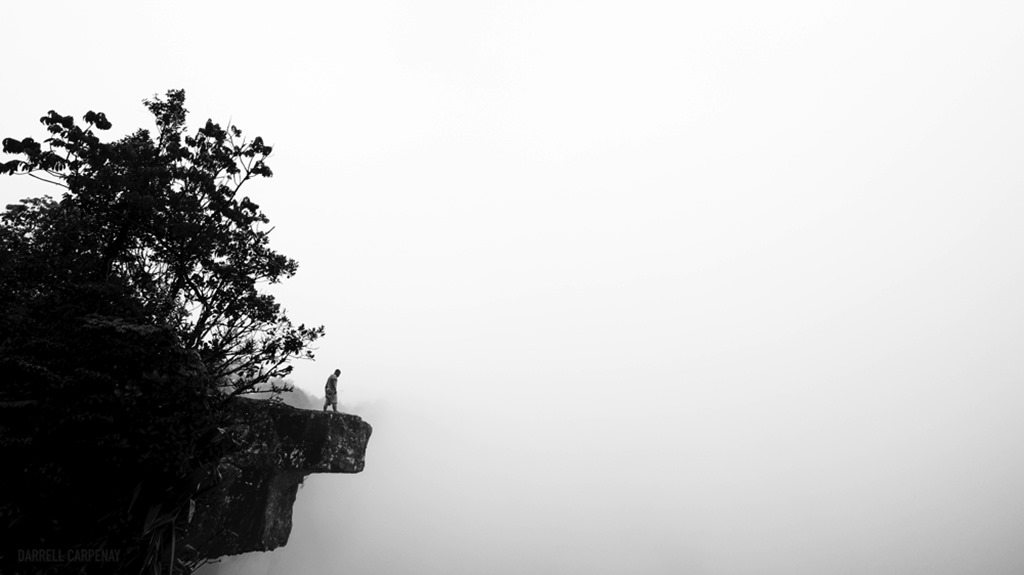

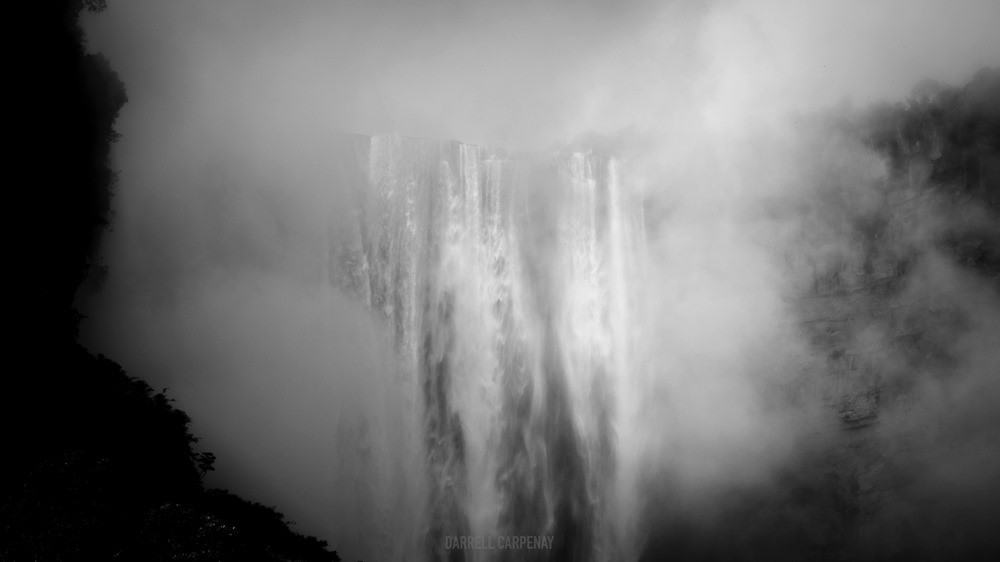

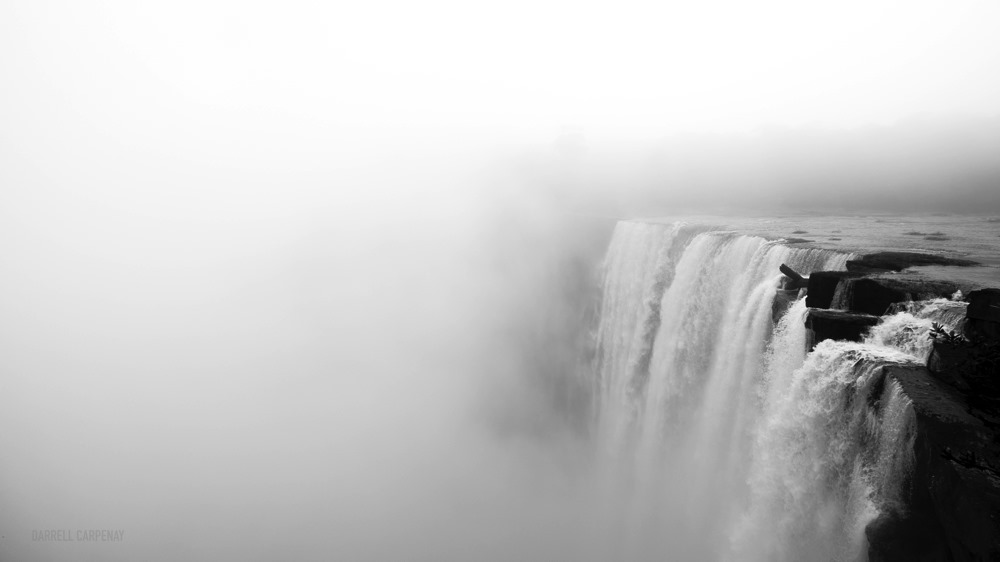
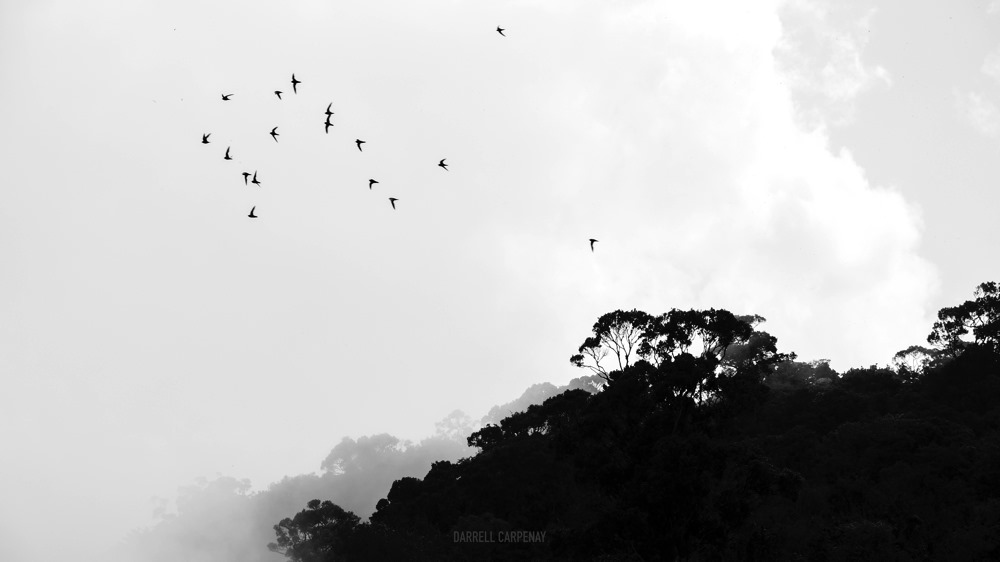


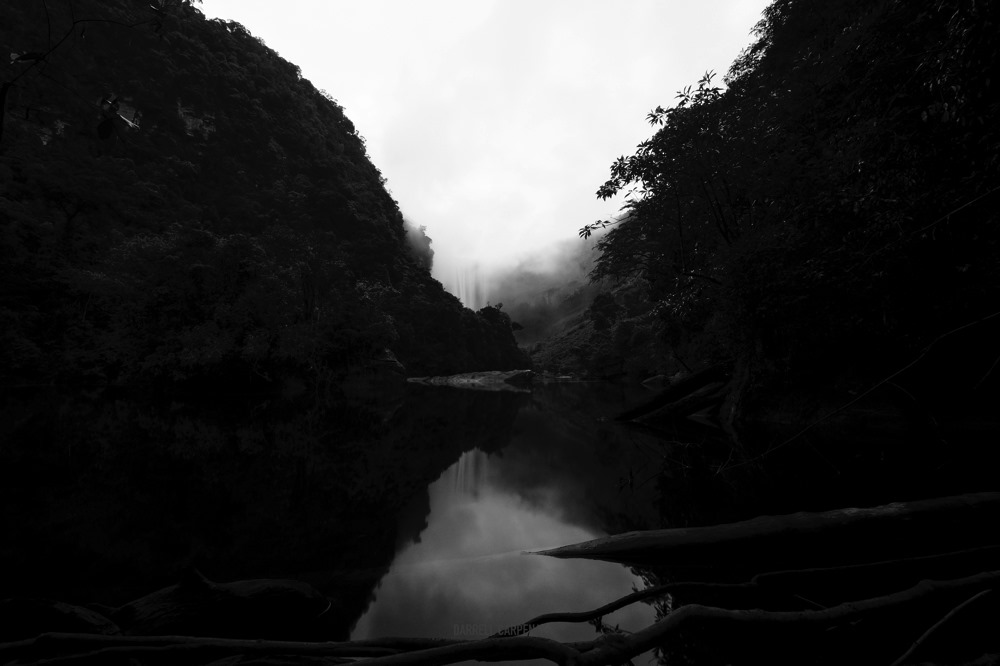

Duuuuuuude! These are some absolutely stunning creations.
Thanks Bredda!